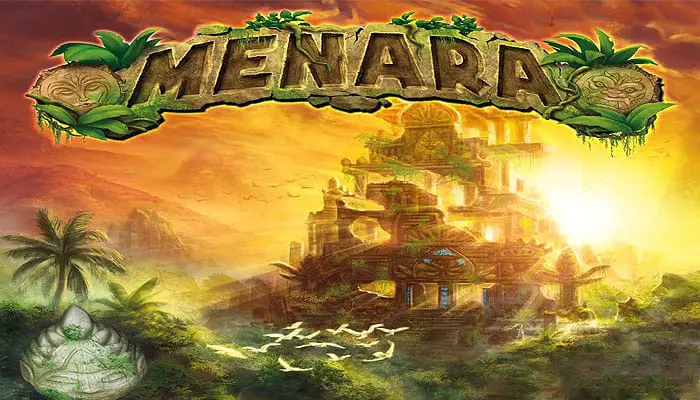

Game Materials
- 76 columns
- 1 cloth bag
- 1 camp
- 18 temple floors
- 35 construction plan cards
- 5 level cards
Object of the Game
Reconstruct the temple together. To do so, you try to fulfill the instructions on each individual construction plan card whenever possible. Use the columns and temple floors wisely and place them very skillfully.
It is important that you consider the consequences of your own game turns. Only then can your fellow players also be instrumental in the success of the building project!
Mishaps, imprudence, and unfavorable construction plans always have the same dire consequence: You have to build your temple higher ... and higher ... and maybe higher than you would like to. …

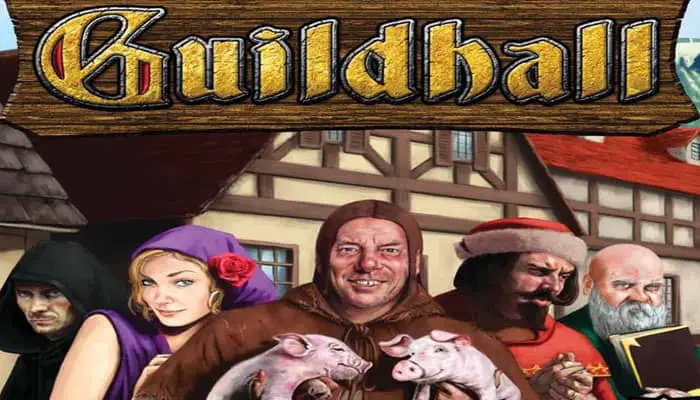

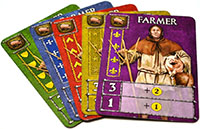
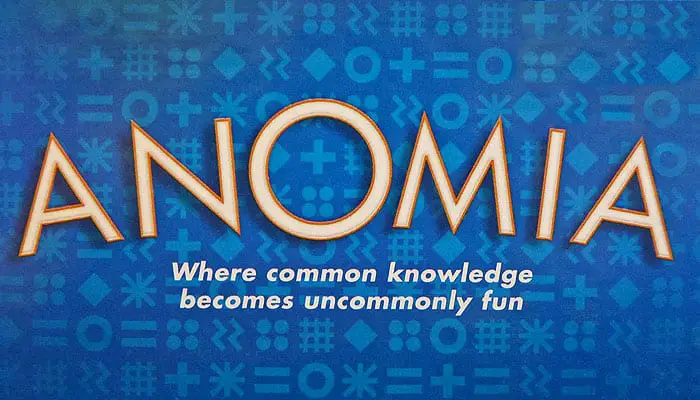


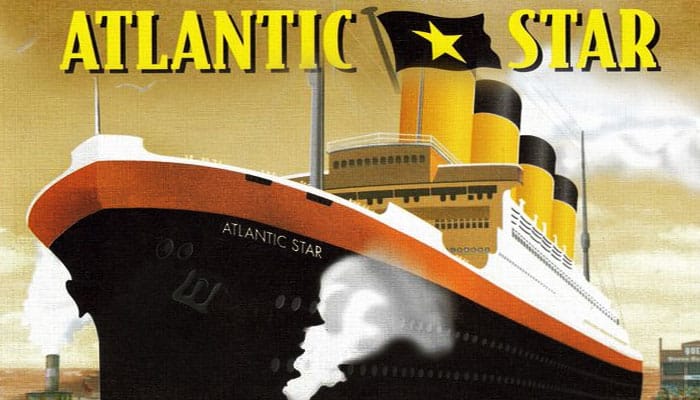

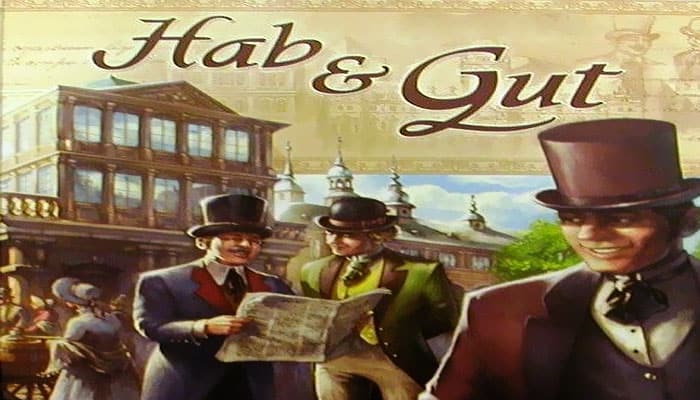
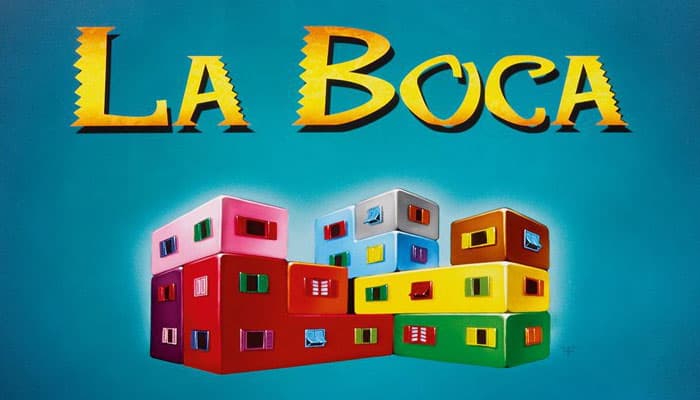




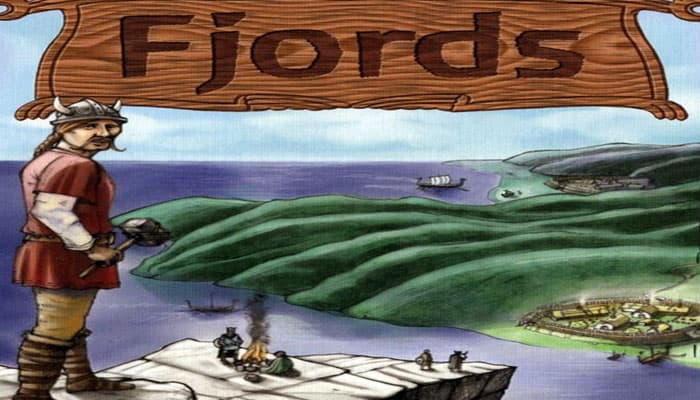


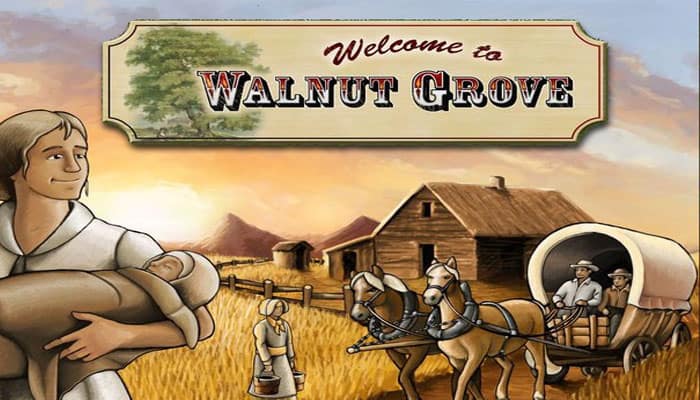



 icon. Increases the attack stat of a unit by 1. Increases the number of spire attack dice rolled by a spire by 1. …
icon. Increases the attack stat of a unit by 1. Increases the number of spire attack dice rolled by a spire by 1. …






